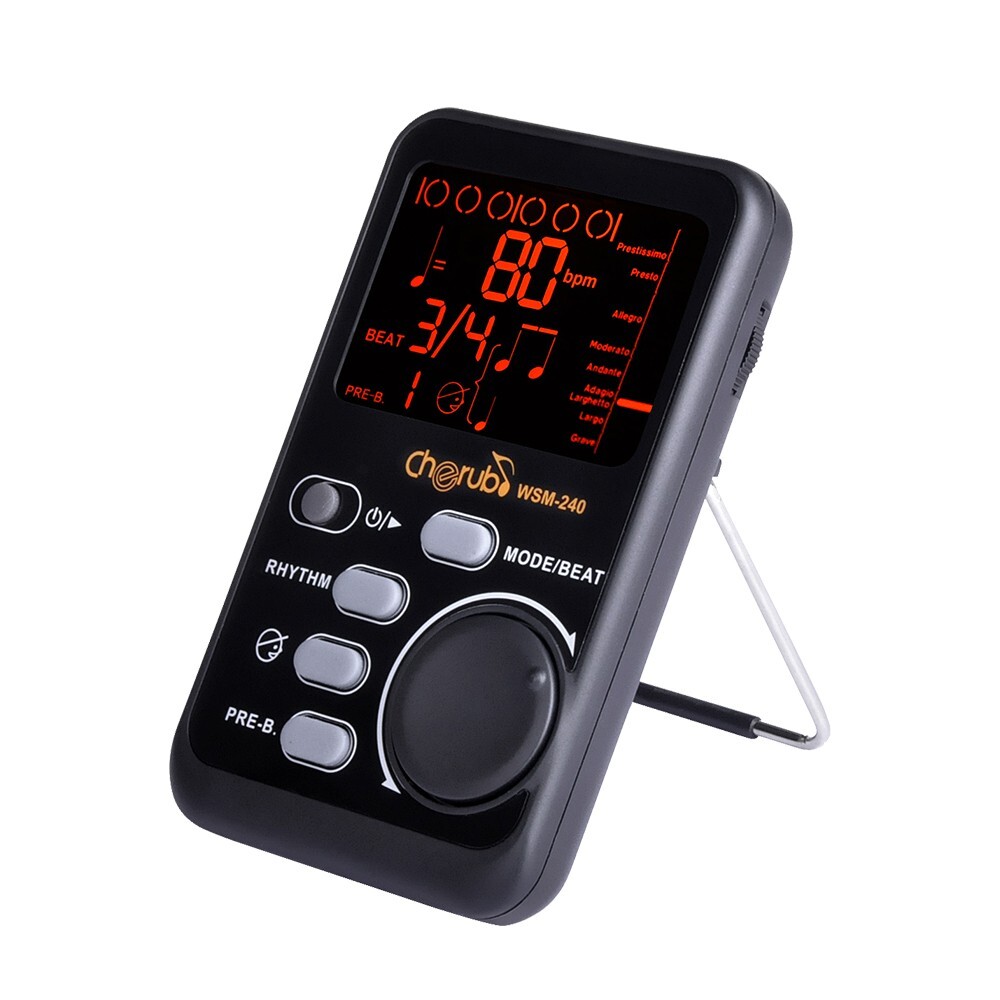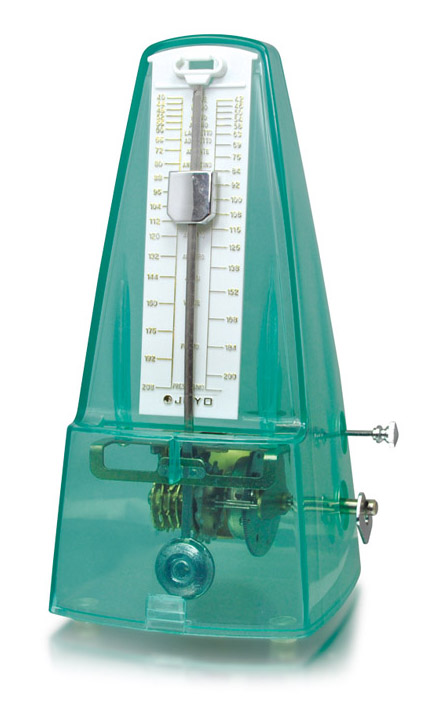

This allows you to hear the note in its pure form. When practising, especially technique focused practise, it’s best to practise with a clean, or a clean-ish tone. Playing with copious amounts of gain and reverb is a lot of fun, but it hides a multitude of sins. If you press down harder than this, you can bend the string sharp between the frets. You only need to push the string down until it contacts the fretwire, not the fretboard. Now, keep picking and gradually and gently increase the pressure until the note sounds. Pick the string and you’ll just hear the muted note. Pick a note anywhere on the guitar, and gently rest your finger on this note. If you find yourself pressing too hard, there is a simple exercise you can do to remedy this and teach yourself the correct pressure levels to use. The additional pressure you apply with your fingers will add tension to your fingers and wrists and it can lead to long term issues with as Repetitive Strain Injury or Carpel Tunnel Syndrome, neither of which any guitar player will ever want to experience. Pressing down too hard is not only uncomfortable to do, but it can also have some long-term health implications. For the first few weeks, this is totally natural because you don’t quite have the strength in your fingers to press down with the right pressure levels. In the early stages of learning the guitar it is very easy to overexert yourself and press down really hard.

Learn more: 7 simple ways to improve your guitar practice now This will give you a reward for the hard work you put in in the first part of your session. This is where you can play the things you really enjoy, such as your favourite songs and riffs. Once you’ve gotten the serious stuff out of the way, you can reward yourself with the second part of practice, the fun part. Or you may want your picking to be more accurate… this is the time to practice that. You might want to be faster, or a cleaner player. Think about your own playing and what you want to improve.
#METRONOME ONLINE 4 4 SERIES#
This is the series of things that help you improve as player. Your practice time is best split up into two main areas. This can range from dexterity exercises to coordination exercises to music theory. However, it’s also worth remembering that sometimes we need to practise things that we don’t find fun in order to become better players. We all start playing the guitar for fun, and that should always be at the core of the learning process.


 0 kommentar(er)
0 kommentar(er)
